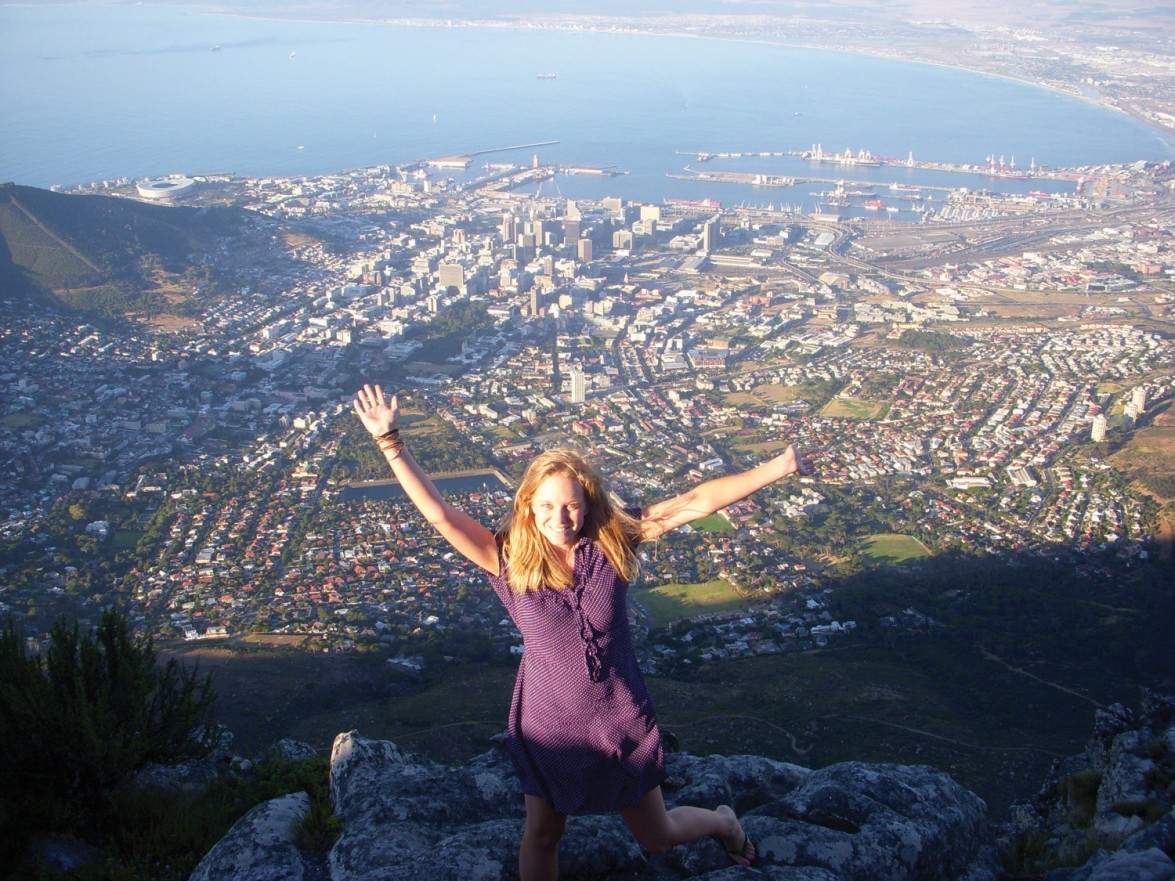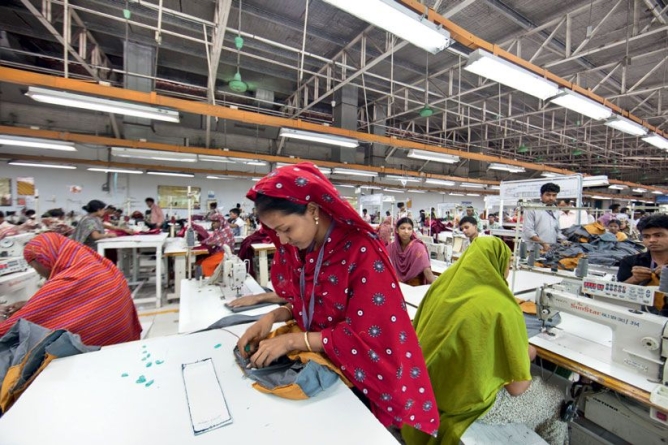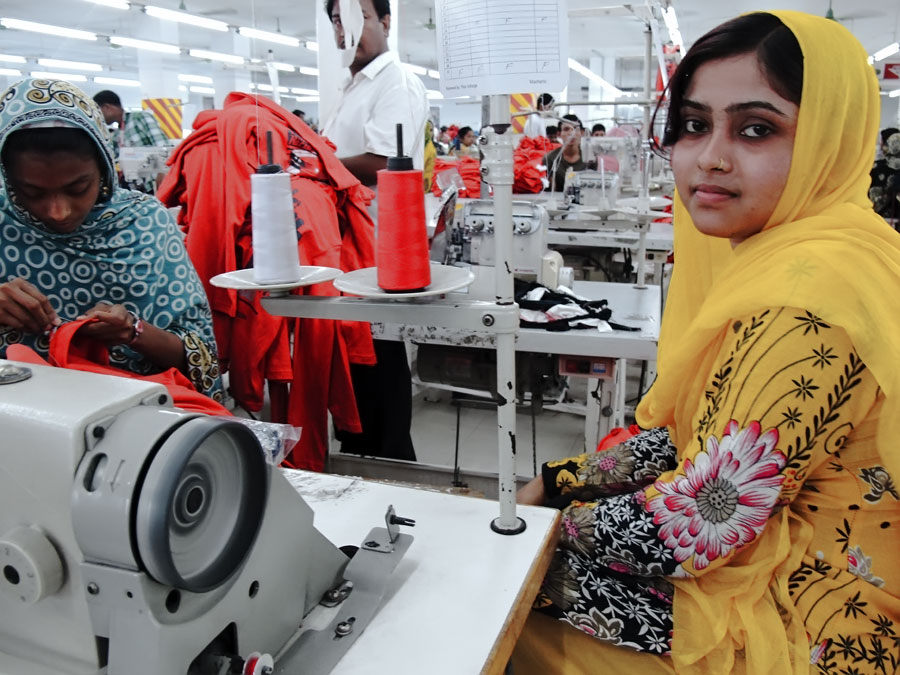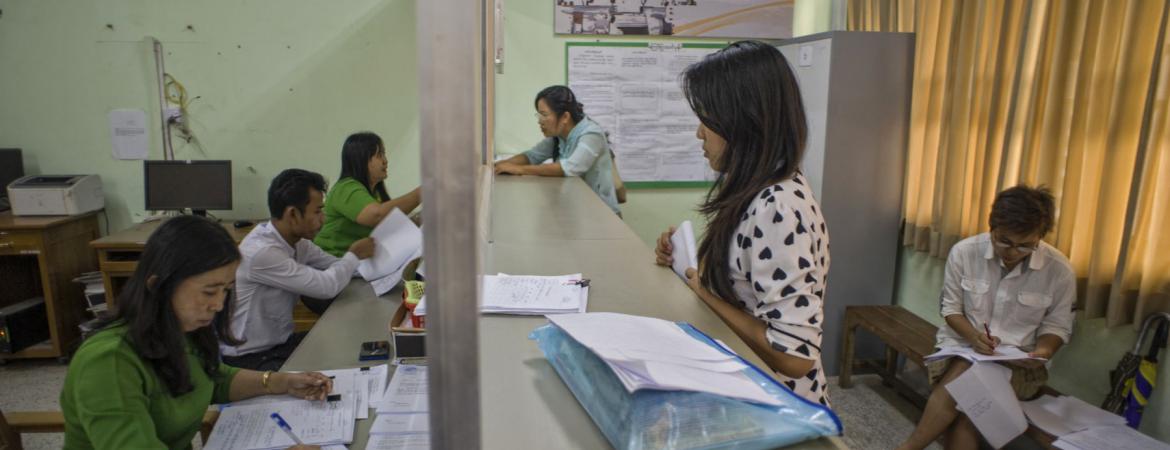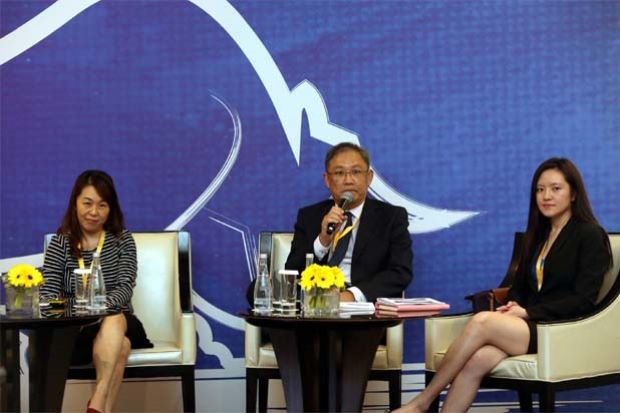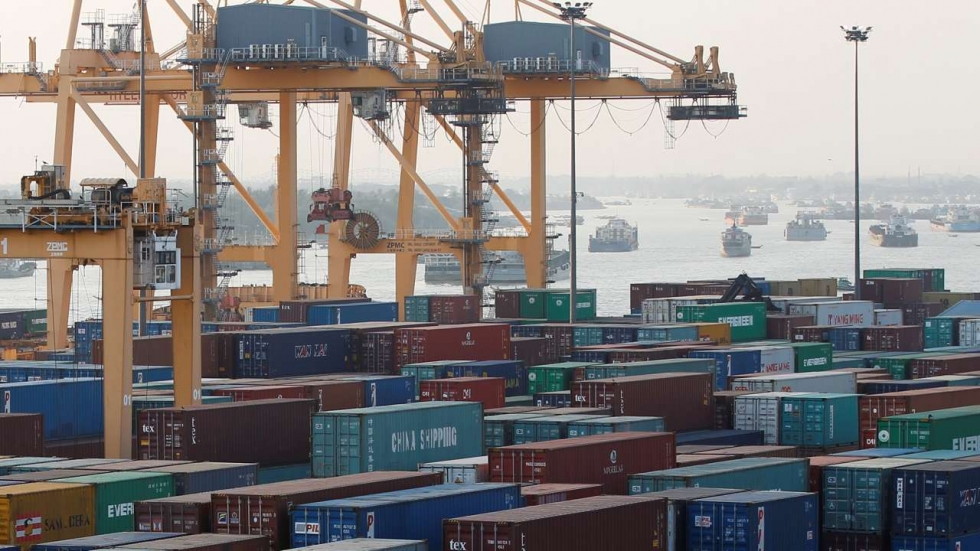Real African Works (RAW), the first of its kind in South African Automotive Original Equipment Manufacturer (OEM) industry, currently specialising in city buses with a focus on Bus Rapid Transit System (BRT) being rolled out by various municipalities, launched on 21 November at Melrose Arch, Johannesburg. RAW complies with both local and International regulations in the manufacturing of buses.
Industry leader, Dr Vuyelwa Toni Penxa, a black woman entrepreneur, is at the helm of Real African Works (RAW), participating in this notoriously male-dominated, mainstream economic sector.
In 2016, at a time that the traditional transportation sector was moving towards a new era, a vision was born to launch RAW, with the intent of leading the automotive transport manufacturing sector in South Africa to greater heights. RAW is a company with a focus on design, development, manufacturing, marketing and selling of automotive drive-trains focusing on commercial vehicles of three tons payload and above.
Local development of future technologies
RAW engages in the exploration of local development of future technologies, thus ensuring job creation in South Africa. With a mission to provide versatile commercial vehicles, RAW specialises in Diesel Powertrain Systems with the support of the multinational company, Cummins, a global diesel engine manufacturer and ZF, a global leader in transmissions and driving axles. RAW is transforming into a first local company that manufactures city buses for public transport use such as the Gautrain, a mass transportation system operating in Gauteng.
In line with South Africa and the United Nations’ commitment to climate change and reducing carbon footprint, RAW at its core, is driven by sustainability and its quest for zero emissions. It is steadfast to the establishment of commercially viable and environmentally sustainable public transport systems paving the way to a greener future.
In the short term, RAW is focused on delivering on its current contract obligations by utilising Busmark, whilst it is working on its full manufacturing facility within the Gauteng Industrial Zone in Ekurhuleni.
“Over the years, my vision has been a focus on transforming the public transportation industry with a goal to create a system that was on par with leading motoring organisations in the world by identifying new avenues through integrating advanced manufacturing solutions with a priority to meet consumer needs within a sustainable future society.” states Dr. Vuyelwa Toni Penxa.
“I want to acknowledge that the foundation of our business is anchored on a very strong support from the Gauteng Provincial Government, which not only presented an opportunity, but it also incorporated us into their research and enhancement of the 4th Industrial revolution, therefore introducing us to the Council for Scientific and Industrial Research (CSIR), Hydrogen South Africa Infrastructure (HySa), The Department of Trade and Industry (DtI) and The Department of Science and Technology (DST)” adds Dr. Vuyelwa Toni Penxa.
“The legislative framework on local content, preferential procurement, black industrialist programme and other incentives are additional key support measures for the growth of our business.”
“We started by researching the manufacturing of ‘Tuk Tuks’, but today we are proud to say we are in Africa delivering advanced busses that are on par with global standards and in some ways even more advanced.” concludes Dr Vuyelwa Toni Penxa.
https://www.bizcommunity.com/Article/196/485/184687.html

